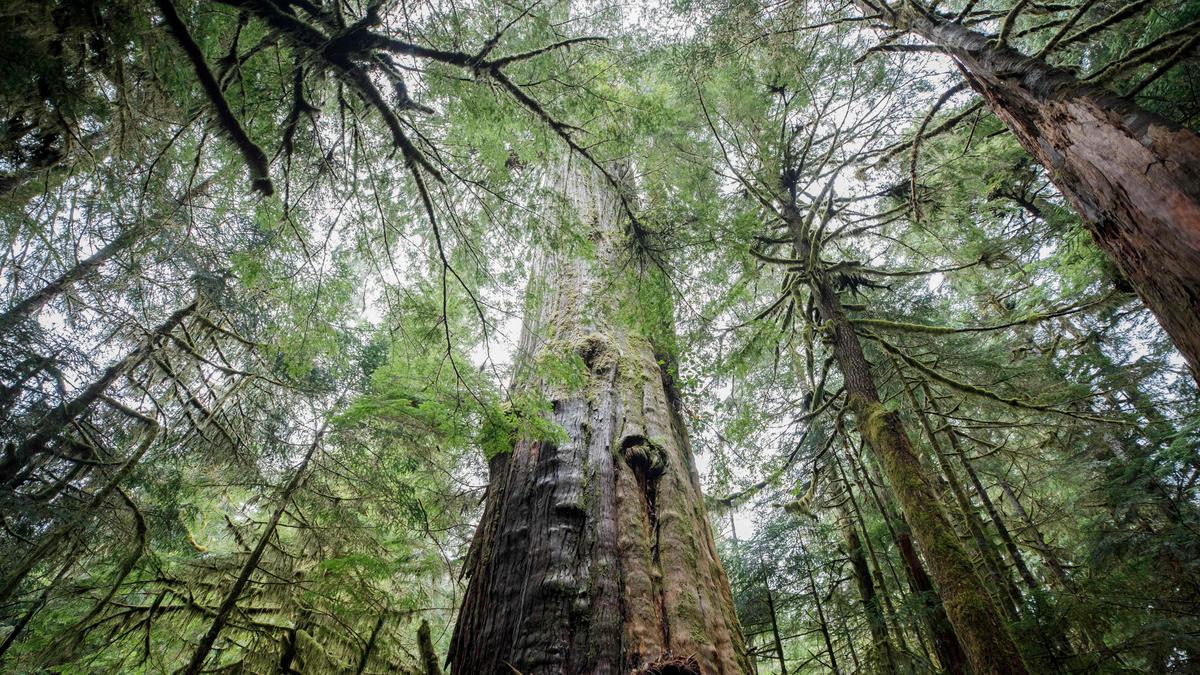
A canopy under threat
The Hindu
As temperatures rise and the leafy cover diminishes, books, tree museums and non-profits show us why we must prioritise ecology over technology
Our neighbour in Zürich waved me over one afternoon. At the garden fence separating our homes, he pointed to a certain plant in our backyard and explained that it was not getting enough sunlight due to a tall hedge around it. He urged me to replant it in a sunny spot. He spoke for the plant — voicing its fundamental right. I knew how respectful the Swiss were to nature, but this was the first time I experienced it.
I grew up in India surrounded by tropical plants and trees native to the subcontinent: coconut, mango, banyan, neem, jackfruit, the sacred basil, jasmine and many more that are an integral part of both the urban and rural landscape. One of my favourite things to do when I visit my hometown Chennai, is to walk in my mother’s garden. The sight and smell of nerium oleander, frangipanis and moonbeams evoke fond childhood memories.
While we are taught about plants in botany, our education system does not teach us much about our ecological heritage. We learned snippets of the sacredness of flora from our parents and grandparents, through temple visits and word of mouth. So, I was elated when I found a copy of The Sacred Plants of India (2014) written by historian and environmentalist Nanditha Krishna and botanist M. Amirthalingam when I visited the C.P. Ramaswami Aiyar Foundation in Chennai a few months ago.
I met Krishna over coffee, and she filled the next 20 minutes with tree wisdom. She illuminated the four main reasons trees are revered — economic, sociocultural, medicinal and ecological. For instance, she explained that the teak tree earned its high economic value from its use in shipbuilding, the banyan tree was a meeting point for the business community, and the trees in mangroves shield the coast, playing an important ecological role.
The book is a brilliant collection of ancient mythology, traditions and botanical facts. “Tree worship resulted from man’s natural reverence for a creation of nature that provided food, shelter, fodder, timber, and more,” Krishna shared. “The relationship between each tree, its patron deity, and the associated temple is an intricate web, unravelling which is a fascinating exercise going back millennia. But many of these relationships are lost as the uses of plants have changed or ceased over the centuries.”
It not only opened my eyes to India’s rich ecological heritage, but also kindled my curiosity about the trees and plants the Swiss considered sacred.
I dived deep into library archives to learn more about high mountain ecosystems and reached out to local tree experts. I learned that the oak and the linden are believed to be representatives of gods. In ancient times, these also served as Trees of Judgement, where locals decided on disputes. The chestnut, also called the bread tree, once provided food for peasants and is now regaining its sociocultural significance thanks to various new gastronomic specialities produced from its different parts.

Thomas Jefferson and Abraham Lincoln are two of the greatest presidents that the U.S. has seen. You probably know that already. But did you know that Jefferson made what is considered the first contribution to American vertebrate paleontology? Or that Lincoln is the only U.S. president to receive a patent? What’s more, both their contributions have March 10 in common… 52 years apart. A.S.Ganesh hands you the details…












